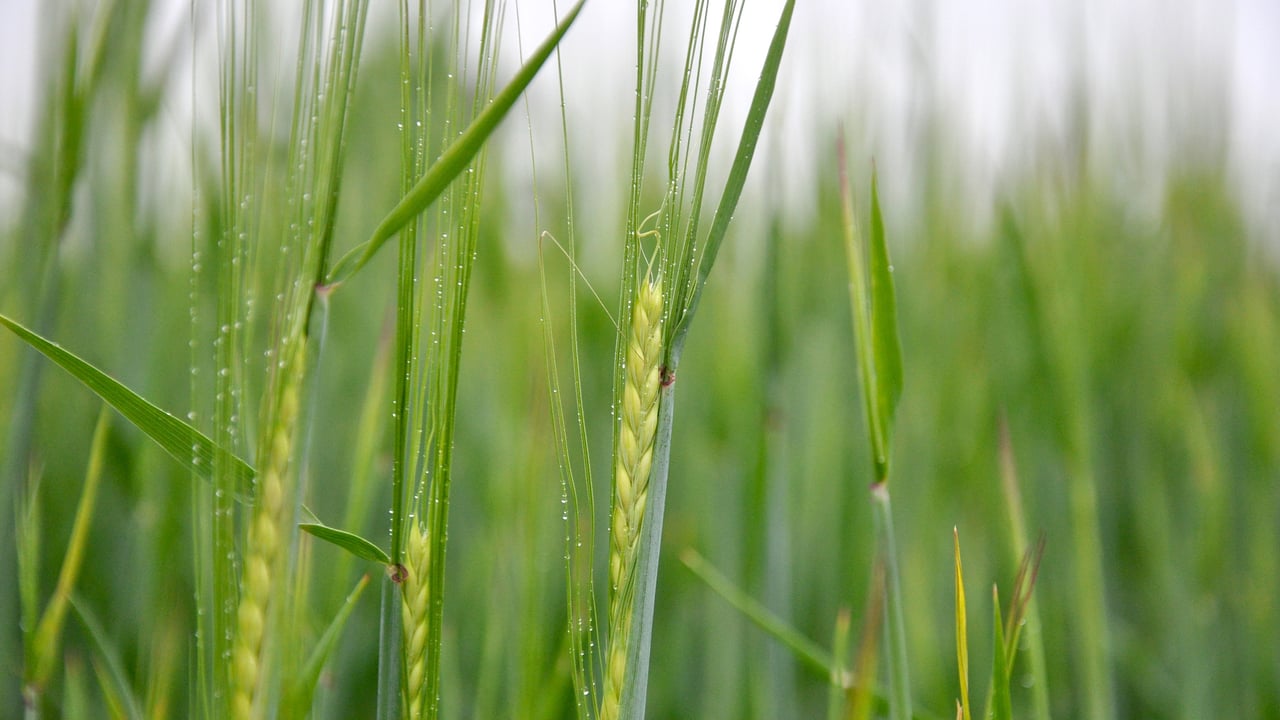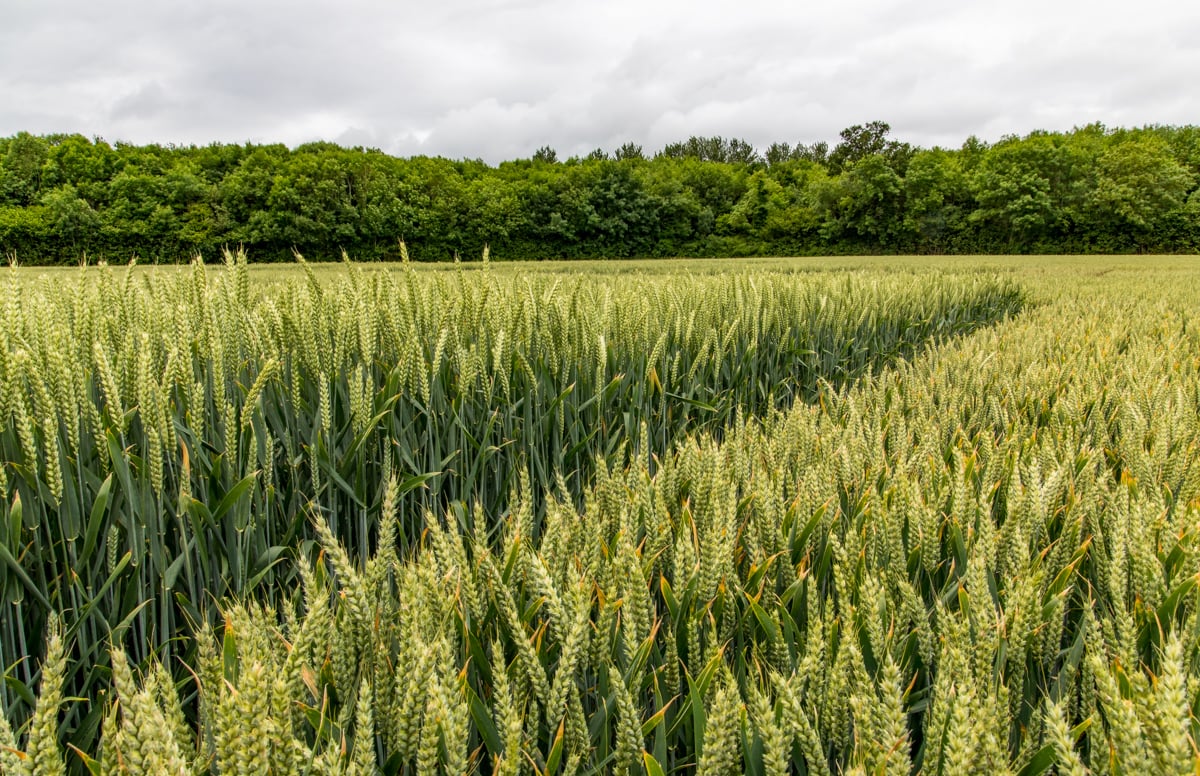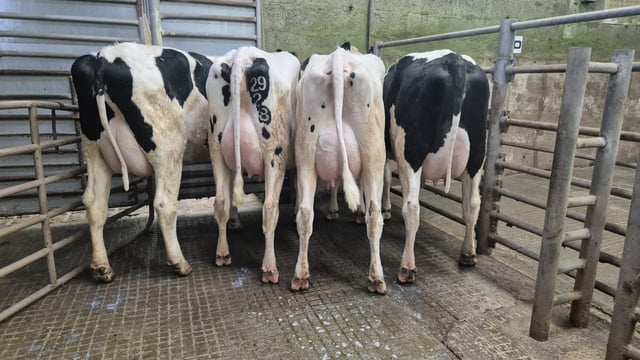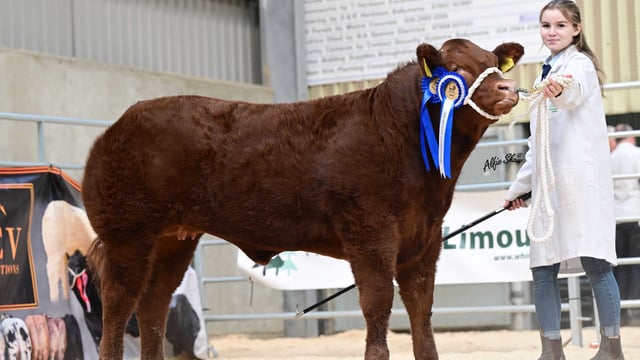Tillage: Crop management update on winter cereals
Winter cereals are well established this season thanks to earlier sowing and good growth up to this point.
According to Teagasc, the priority over the coming fortnight will be fertiliser. While most crops received a herbicide last autumn, it is important to inspect fields to determine if follow-up treatment is needed.
Oats and advanced winter barley crops will require a growth regulator by the end of the month.
Every year, crop damage occurs due to tank mixes that are not suited to early season crop and weather conditions.
Mixing growth regulators, herbicides, and trace elements can often lead to problems.
Active crop growth is essential to prevent crop damage from early season sprays. If you are unsure, Teagasc advises to consult your agronomist for advice on safe tank mixes.
Growers should aim to apply the main split of nitrogen (N) by growth stage (GS) 31. Sulphur at a rate of 15kg/ha and trace element deficiencies (based on soil analysis and field history) should also be applied before GS 31.
Growth regulation should be targeted on those crops with a high lodging risk at GS 30.
A follow-up treatment can be applied at GS 32-39, if required. Moddus/Medax Max plus 1.0L/ha of cycocel (CCC) can be applied from GS 30 but needs active growth for it to be effective.
Most crops received a herbicide last autumn but where a tidy up is required, growers should use a sulfonylurea, Zypar/Galaxy/Hurler, etc., depending on weeds present.
Active growth and high rates are needed to control overwintered weeds. It is too late to control annual meadow grass.
Growers should apply 40-50kg/ha of N as the first split in mid-March or by GS 30. Rates can be increased to 75kg/ha for thin crops, second wheat or where take-all is a risk.
Teagasc advises that crop nitrogen should be applied over three splits: one-quarter, one-half, one-quarter. The main split should be applied by GS 31 and the last by GS 39.
Where grass weeds are present, Pacifica Plus/Monolith plus Biopower are options.
Broadway Star/Manhattan plus supported adjuvant is a strong brome option where annual meadow grass has already been controlled.
Growers should avoid crops under stress and be careful of tank mixes.
The first application of approximately 50% of the total N requirement should be applied by GS 30.
Where no autumn herbicide has been applied, crops should be treated with a sulfonylurea (Cameo Max/Ally Max) and a suitable partner to match the weed spectrum present.
The most successful plant growth regulator (PGR) strategy in Teagasc trials is a two-split approach, with the first application at GS 30/31 followed by a second at GS 32.
The second will have a greater shortening effect.






